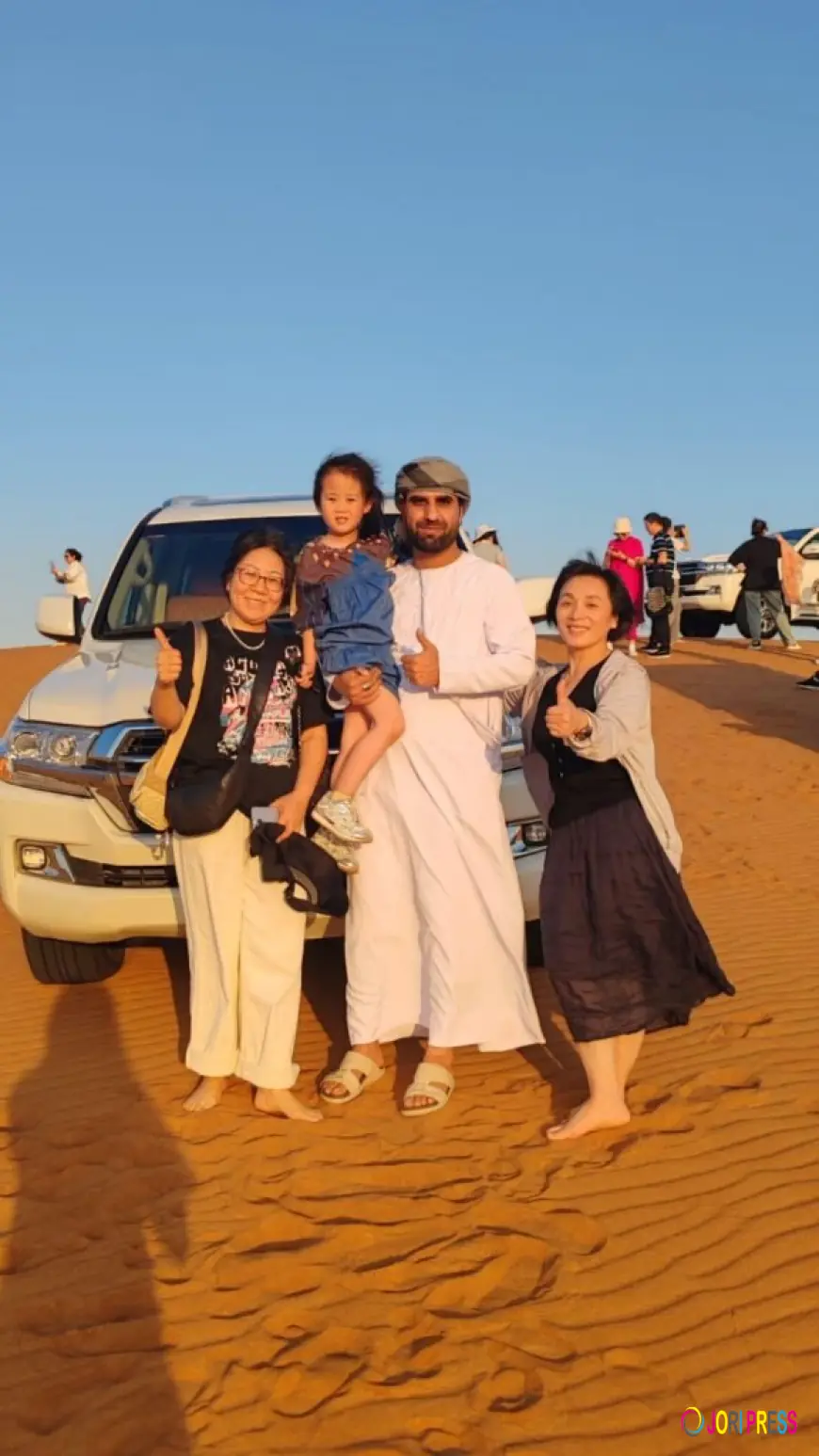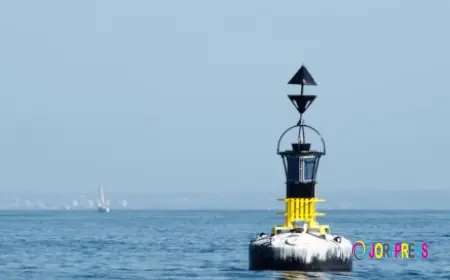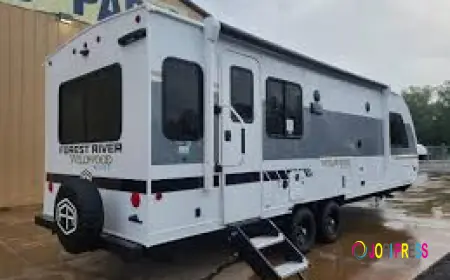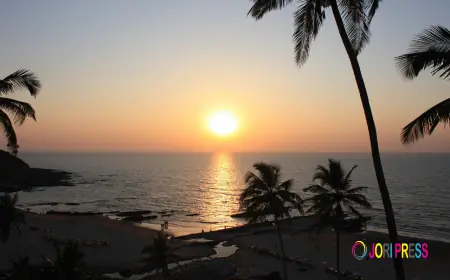How to Capture Stunning Desert Photos While Traveling

The desert has a unique magic that draws travelers from around the world. Its wide, endless landscapes, shifting dunes, and dramatic light create a photographer’s dream. But capturing that beauty in photos is not always easy. The desert environment poses unique challenges, from harsh sunlight to swirling sand. If you’re planning a trip to the desert and want to return home with images that do justice to your experience, a little preparation and the right techniques go a long way.
In this guide, we’ll walk through everything you need to know to capture stunning desert photos while traveling—whether you’re a seasoned photographer or just someone with a smartphone eager to share breathtaking shots with friends and family.
Understand Desert Light
Light is everything in photography, and nowhere is this more obvious than in the desert. During midday, the sun is high and harsh, creating overexposed skies, washed-out sand, and hard shadows that flatten the landscape. While you can still take photos during this time, the best results usually come at sunrise and sunset.
In the early morning, soft golden light washes over the dunes, highlighting the delicate textures of the sand. Shadows stretch longer, adding depth and dimension to your images. Similarly, evening light can bring out warm colors and dramatic skies. Both times of day provide more balance and make it easier to capture images without extreme contrast.
If your trip allows, plan your photography sessions around these windows of soft light. Not only will your photos improve, but you’ll also enjoy the peacefulness of the desert when fewer people are around.
Choose the Right Gear
You don’t need professional equipment to capture beautiful desert photos, but choosing the right gear makes a noticeable difference.
-
Camera: A DSLR or mirrorless camera gives you more control over settings like aperture and shutter speed, but modern smartphones also produce excellent results.
-
Lens: Wide-angle lenses are great for showing the vastness of the desert. Telephoto lenses let you capture details, such as ripples in the sand or distant camels.
-
Tripod: If you want sharp images during sunrise or sunset, when light is low, a lightweight tripod is invaluable.
-
Filters: A polarizing filter helps reduce glare and enhances the blue of the sky, while neutral density filters allow for long exposures to create artistic effects with moving sand or clouds.
Protecting your gear is equally important. Desert sand is fine and sneaky—it can get into buttons, lenses, and sensors. Always carry a cleaning kit, keep gear in sealed bags when not in use, and avoid changing lenses in windy conditions.
Master Composition
Great desert photography goes beyond just pointing your camera at the dunes. Composition helps your photos tell a story and guide the viewer’s eye. Here are some techniques to try:
-
Leading Lines: Use the natural curves of dunes or tire tracks to draw attention toward the horizon or a subject.
-
Rule of Thirds: Place your subject, such as a camel caravan or a lone tree, off-center to create a balanced composition.
-
Foreground Interest: Add depth by including something in the foreground, like patterned sand, a rock, or footprints leading into the frame.
-
Silhouettes: The desert sky at sunrise or sunset makes a perfect backdrop for silhouettes, whether of people, vehicles, or camels.
Remember, the desert’s beauty often lies in its simplicity. Minimalist compositions can be just as striking as more complex ones.
Capture the Details
When people think of desert photography, they often imagine sweeping landscapes. While those shots are breathtaking, don’t overlook the smaller details. Close-up shots of wind-blown sand, desert plants, or patterns created by light and shadow add variety to your collection.
Textures are particularly powerful in the desert. Try shooting ripples in the sand from a low angle to emphasize depth. If you come across wildlife or traditional cultural elements like Bedouin tents, those details enrich your story and add a human dimension to your photos.
Play with Perspective
Changing your perspective can transform an ordinary photo into something extraordinary. Don’t always shoot from eye level. Crouch down close to the sand to make dunes look more dramatic, or climb a dune for a sweeping aerial-like view. If you’re traveling with companions, include them in your frame for scale—the vastness of the desert becomes more striking when compared to a small human figure.
Drones also open new creative possibilities. If local laws and tour operators allow them, aerial shots showcase the patterns and symmetry of the desert in ways impossible from the ground.
Incorporate People and Activities
While empty landscapes can look timeless and serene, including people and activities adds emotion and energy to your photos. Travelers enjoying a camel ride, friends laughing against the backdrop of the dunes, or locals guiding tourists through the desert—all these elements bring the scene to life.
Adventure activities, in particular, create dynamic photo opportunities. For example, if you join a Morning Quad Bike Safari, you’ll have the chance to capture action shots of riders moving across dunes, kicking up golden sand as the sun rises. These images not only showcase the landscape but also convey excitement and movement, offering a different perspective from still scenes.
Pay Attention to Colors
The desert may look like endless shades of beige at first, but with the right eye, it reveals a rich palette. In the morning and evening, golden tones dominate, while midday light may create cooler, paler hues. Bright clothing or scarves can add contrast against the sandy backdrop, making portraits pop.
If you’re editing later, small adjustments to saturation and contrast can highlight these natural tones. Just be careful not to overdo it—authentic colors will always look better than overly processed ones.
Protect Yourself While Shooting
It’s easy to get caught up in chasing the perfect shot, but your safety and comfort are more important. Desert conditions can be harsh: strong sun, shifting winds, and high temperatures. Always carry water, wear a hat, and apply sunscreen. Sunglasses protect not only your eyes but also help you see better in bright light.
When moving up and down dunes, watch your step and pace yourself. Photography often requires stillness and patience, but in the desert, resting in the shade or taking short breaks keeps you energized.
Editing Your Desert Photos
Post-processing helps refine your images and bring out their best qualities. Even basic photo editing apps can enhance desert photos significantly.
-
Adjust Exposure: Correct underexposed or overexposed areas caused by challenging light.
-
Boost Contrast: Highlight the texture of the sand and the depth of shadows.
-
Fine-Tune Colors: Enhance golden tones or deepen the blue of the sky to match what you saw in person.
-
Crop Thoughtfully: Improve composition and remove distractions from the frame.
Editing should always aim to reflect the real beauty of the scene, not distort it. Subtle adjustments often make the most impact.
Tell a Story Through Your Photos
Finally, think about how your photos work together as a collection. Instead of focusing only on individual images, consider the story they tell. A complete desert photo series might include wide shots of dunes, close-ups of sand patterns, portraits of fellow travelers, and action shots from adventure activities. Together, these create a narrative that transports viewers into your journey.
Sharing your collection in sequence—whether on social media, a blog, or a photo book—makes your work more engaging. A well-told visual story will always resonate more than scattered images without context.
Conclusion
Capturing stunning desert photos while traveling is a rewarding challenge. By understanding light, mastering composition, and experimenting with perspective, you can create images that truly reflect the desert’s timeless beauty. Whether you’re photographing vast dunes under golden light, action shots during an adventure, or small details in the sand, each frame adds a piece to your story.
The desert invites patience, creativity, and respect. With preparation and a mindful approach, you’ll come home not just with photos, but with memories that last a lifetime.
What's Your Reaction?
 Like
0
Like
0
 Dislike
0
Dislike
0
 Love
0
Love
0
 Funny
0
Funny
0
 Angry
0
Angry
0
 Sad
0
Sad
0
 Wow
0
Wow
0


















































